Home>Furniture & Design>Outdoor Furniture>How To Finish A Live Edge Slab For Outdoor Use
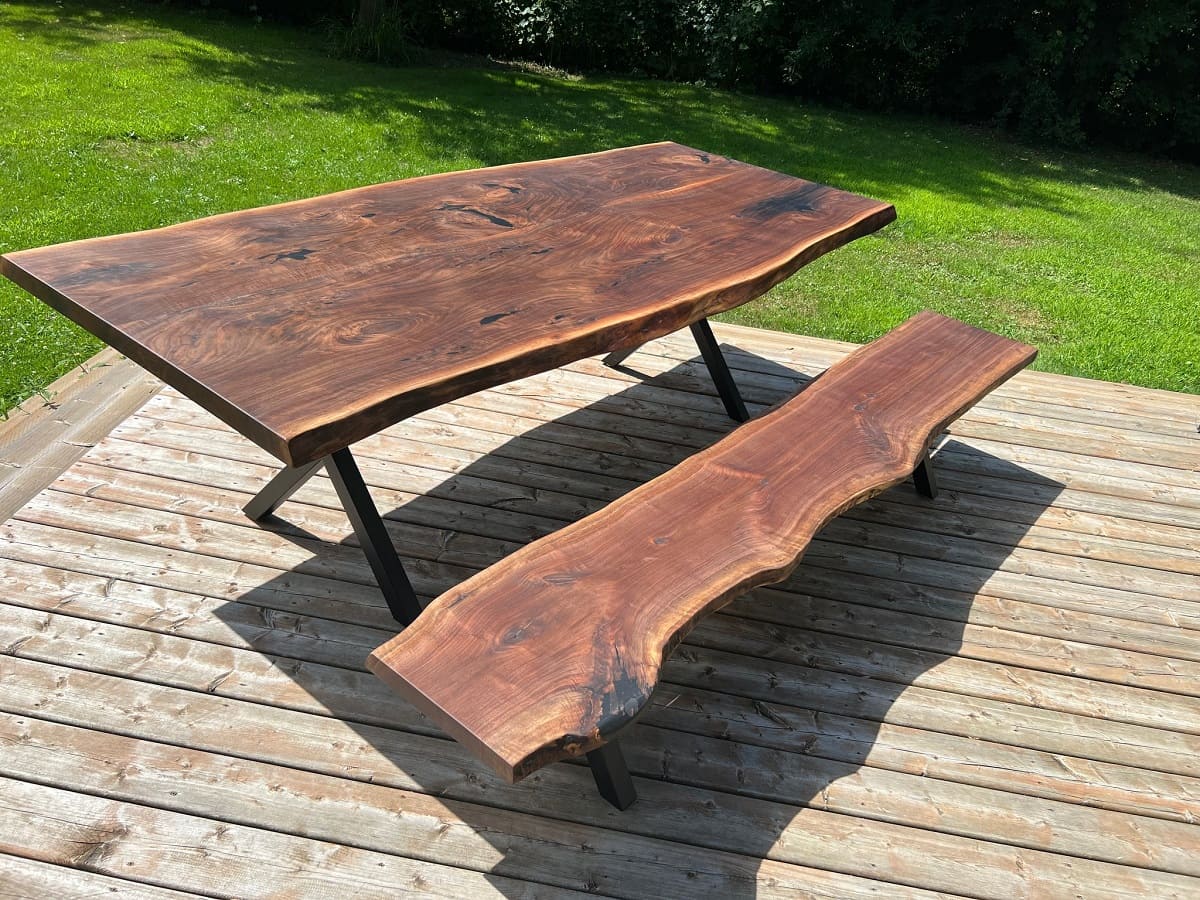

Outdoor Furniture
How To Finish A Live Edge Slab For Outdoor Use
Published: January 15, 2024
Learn how to finish a live edge slab for outdoor use with our expert tips and techniques. Create durable and stylish outdoor furniture with our furniture and design ideas.
(Many of the links in this article redirect to a specific reviewed product. Your purchase of these products through affiliate links helps to generate commission for Storables.com, at no extra cost. Learn more)
Introduction
So, you've got a stunning live edge slab that you want to use for outdoor furniture. That's fantastic! Live edge slabs are a beautiful and unique choice for outdoor pieces, adding a touch of natural elegance to your space. However, to ensure that your live edge slab withstands the elements and maintains its allure for years to come, it's crucial to apply the right finish.
In this comprehensive guide, we'll delve into the process of finishing a live edge slab for outdoor use. From selecting the ideal finish to preparing the slab and applying the finish, we'll walk you through each step to help you achieve a stunning and durable result. Whether you're crafting a live edge outdoor table, bench, or any other furniture piece, this guide will equip you with the knowledge and techniques to make your project a resounding success.
Let's embark on this journey to transform your live edge slab into a resilient and captivating outdoor furniture piece that will stand the test of time.
Key Takeaways:
- Choose a durable finish like marine varnish or epoxy resin to protect your outdoor live edge slab from the elements while enhancing its natural beauty.
- Prepare and apply the finish carefully, then follow a maintenance schedule to ensure your outdoor live edge furniture remains stunning and resilient over time.
Read more: How To Finish The Edge Of Backsplash
Choosing the Right Finish for Outdoor Use
When it comes to finishing a live edge slab for outdoor use, selecting the right finish is paramount. The chosen finish not only enhances the natural beauty of the wood but also provides protection against the elements, including sunlight, moisture, and temperature variations. Here are some popular finish options ideal for outdoor use:
- Marine Varnish: Renowned for its exceptional durability and weather resistance, marine varnish is a top choice for outdoor furniture. It forms a robust protective layer that shields the wood from UV rays, moisture, and abrasion.
- Spar Urethane: This flexible and long-lasting finish is specifically designed to withstand outdoor conditions. Spar urethane provides excellent UV protection and maintains the natural appearance of the wood while offering superior moisture resistance.
- Teak Oil: Ideal for enhancing the natural richness of the wood, teak oil penetrates the surface to nourish and protect the live edge slab. While it requires more frequent reapplication compared to varnishes, it offers a beautiful, natural finish.
- Outdoor Oil: Formulated to endure outdoor exposure, outdoor oil creates a water-resistant finish that accentuates the wood’s grain and color. It provides moderate UV protection and is relatively easy to maintain.
- Epoxy Resin: For a truly robust and long-lasting finish, epoxy resin is an excellent choice. It forms a thick, impervious layer that shields the wood from moisture, UV rays, and scratches, while also imparting a glossy, polished look.
Before making a decision, consider the specific requirements of your outdoor furniture piece, the wood species, and the desired aesthetic. Additionally, take into account the maintenance needs of each finish, as some may necessitate more frequent recoating than others.
By choosing a high-quality finish tailored to outdoor use, you can safeguard your live edge slab and accentuate its natural allure, ensuring that your outdoor furniture remains a stunning focal point for years to come.
Preparing the Live Edge Slab
Before applying the chosen finish, it’s essential to properly prepare the live edge slab to ensure optimal results and long-term durability. Here’s a step-by-step guide to preparing the slab for the finishing process:
- Sanding: Begin by sanding the live edge slab to achieve a smooth and even surface. Use progressively finer grits of sandpaper to eliminate any rough spots, tool marks, or imperfections. Pay special attention to the live edges, ensuring that they are smoothed and free of splinters.
- Cleaning: Thoroughly clean the slab to remove any dust, dirt, or residues from the sanding process. A damp cloth or tack cloth can be used to wipe down the surface, ensuring that it is entirely clean and ready for the finish.
- Wood Conditioning: Depending on the type of wood, consider applying a wood conditioner to promote even absorption of the finish. This step is particularly crucial for woods with uneven porosity, such as pine or maple, and helps prevent blotchiness in the final finish.
- Masking Off Areas: If there are any areas of the slab that you do not want to finish, such as metal accents or specific wood details, carefully mask them off using painter’s tape to protect them from the finish application.
By meticulously preparing the live edge slab, you create an optimal foundation for the application of the finish, ensuring that it adheres uniformly and enhances the natural beauty of the wood. This preparatory phase sets the stage for a stunning and enduring finish that will elevate your outdoor furniture piece to new heights of elegance and resilience.
To finish a live edge slab for outdoor use, apply a marine-grade finish to protect it from the elements. Make sure to sand and clean the slab before applying the finish for best results.
Applying the Finish
With the live edge slab meticulously prepared, it’s time to apply the chosen finish to protect the wood and accentuate its natural allure. Follow these essential steps for a successful finish application:
- Even Application: Whether using a brush, roller, or sprayer, ensure that the finish is applied evenly across the entire surface of the live edge slab. Pay special attention to the live edges, as they often require more thorough application to seal and protect the exposed wood.
- Thin Coats: It’s generally more effective to apply multiple thin coats of finish rather than a single heavy coat. Thin coats not only facilitate better absorption and adhesion but also help prevent drips, runs, and uneven drying.
- Follow Manufacturer’s Recommendations: Adhere to the manufacturer’s guidelines regarding the application of the specific finish chosen. Some finishes may require specific drying times between coats or particular environmental conditions for optimal application.
- Smooth Finish: After each coat has been applied and allowed to dry according to the manufacturer’s instructions, lightly sand the surface with fine-grit sandpaper. This helps create a smooth and uniform finish while promoting adhesion between coats.
- Protective Gear: When working with finishes, ensure adequate ventilation in the workspace and wear appropriate protective gear, such as gloves and a respirator, to safeguard against fumes and airborne particles.
By methodically applying the chosen finish, you not only shield the live edge slab from the outdoor elements but also enhance its inherent beauty. The application process is a critical stage in ensuring that your outdoor furniture piece exudes timeless elegance and resilience, making it a cherished addition to your outdoor space.
Curing and Maintenance for Outdoor Use
Once the finish has been applied to the live edge slab, allowing it to properly cure is essential for achieving optimal durability and longevity. Here’s how to ensure the curing process is successful, followed by key maintenance tips for preserving the finish and the wood itself:
- Curing Time: Follow the manufacturer’s recommendations regarding the curing time for the specific finish applied. Adequate curing time is crucial for the finish to fully set and provide the intended protection against outdoor elements.
- Protective Measures: During the curing period, shield the finished live edge slab from exposure to harsh weather conditions, direct sunlight, and excessive moisture. If possible, allow the slab to cure in a well-ventilated, controlled environment.
- Maintenance Schedule: Establish a regular maintenance schedule to preserve the finish and the wood. Depending on the chosen finish, periodic cleaning, reapplication, or touch-ups may be necessary to uphold the slab’s beauty and protective properties.
- Inspect and Clean: Routinely inspect the outdoor furniture piece for any signs of wear, damage, or dirt accumulation. Clean the surface as needed using mild soap and water, and address any issues promptly to prevent deterioration.
- Reapplication: Some finishes may require periodic reapplication to maintain their protective qualities. Be proactive in assessing the condition of the finish and follow the recommended reapplication schedule to uphold its effectiveness.
By allowing the finish to cure thoroughly and implementing a diligent maintenance regimen, you can ensure that your live edge outdoor furniture remains a stunning and enduring feature of your outdoor space. With proper care and attention, your finished live edge slab will continue to captivate with its natural beauty and stand resilient against the elements for years to come.
Frequently Asked Questions about How To Finish A Live Edge Slab For Outdoor Use
Was this page helpful?
At Storables.com, we guarantee accurate and reliable information. Our content, validated by Expert Board Contributors, is crafted following stringent Editorial Policies. We're committed to providing you with well-researched, expert-backed insights for all your informational needs.
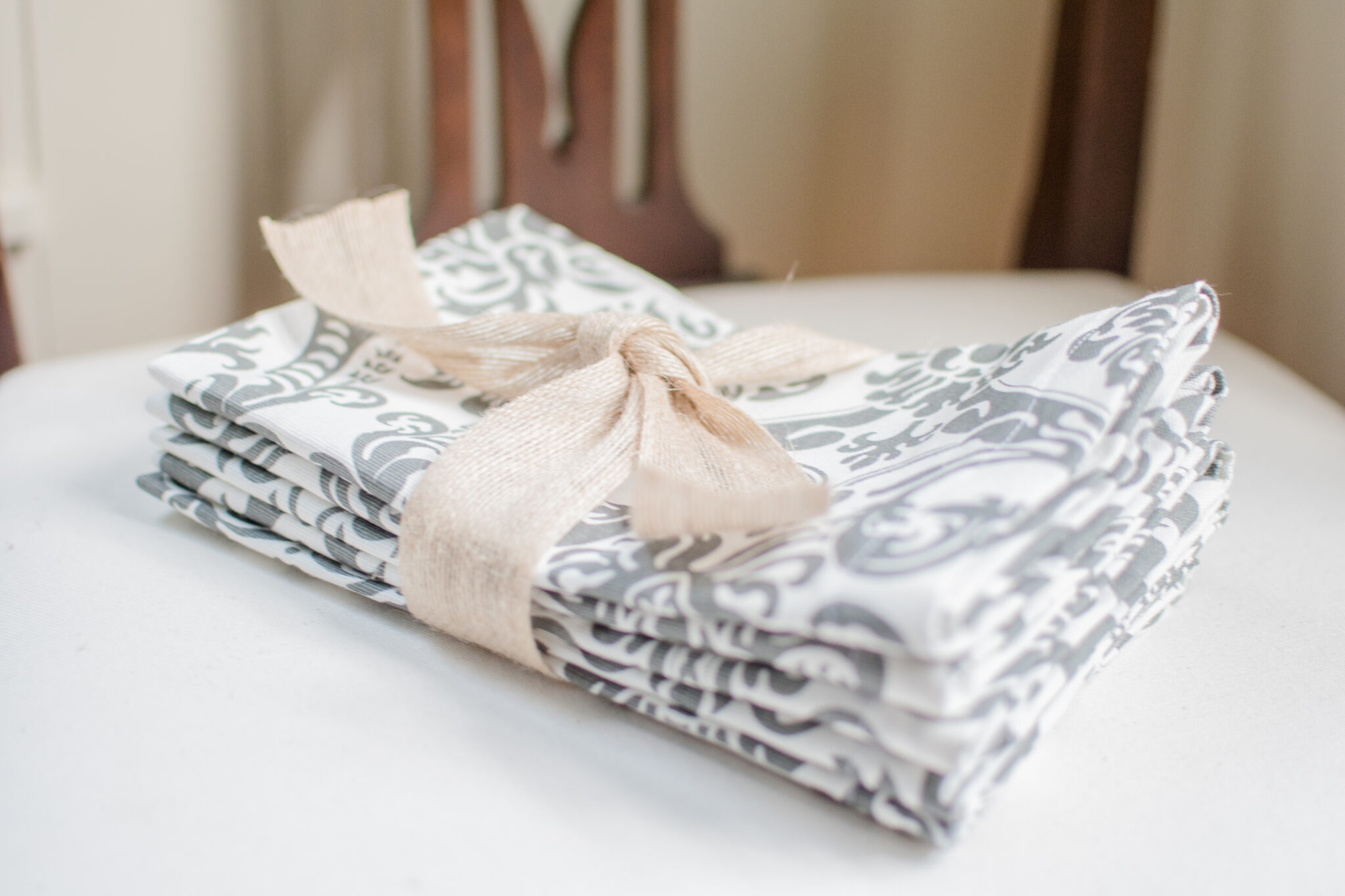
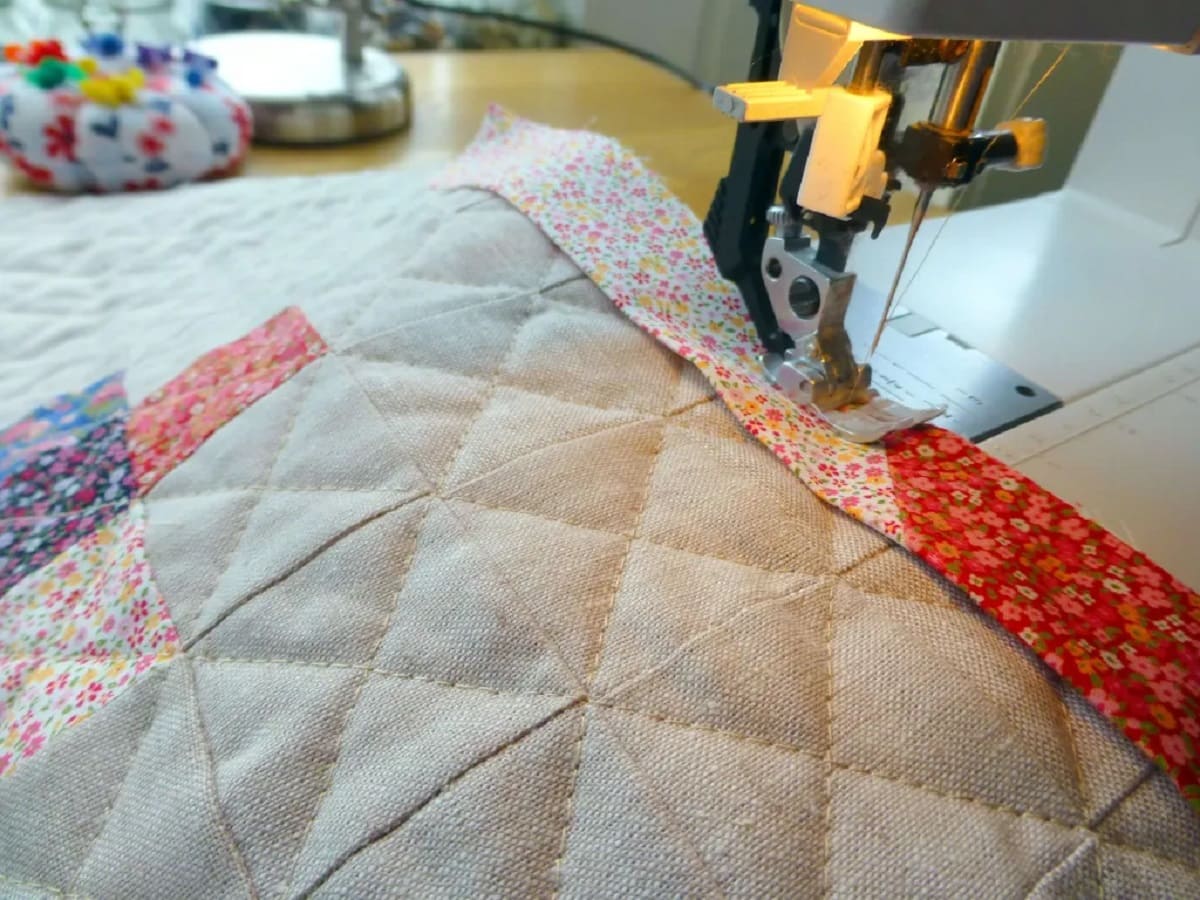
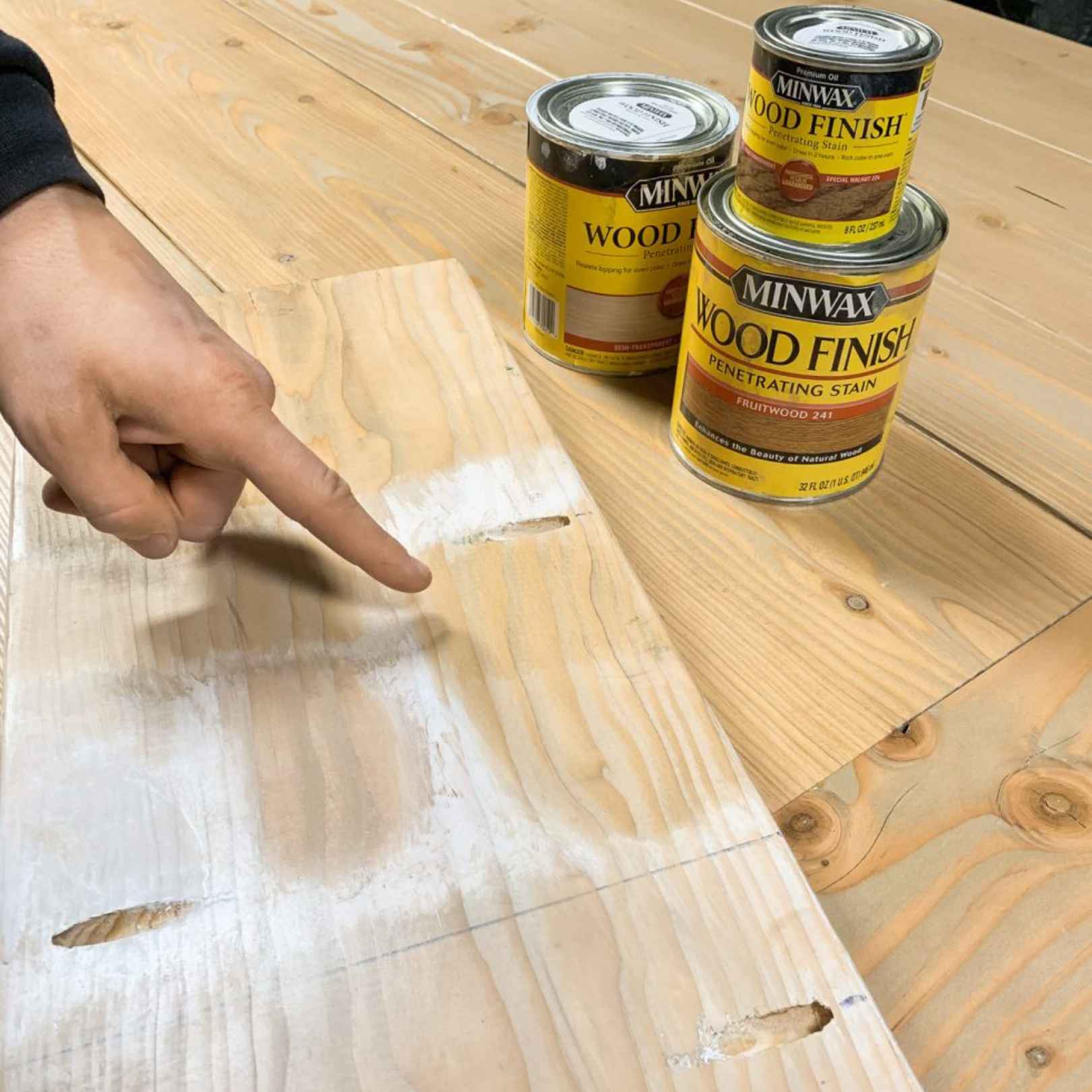
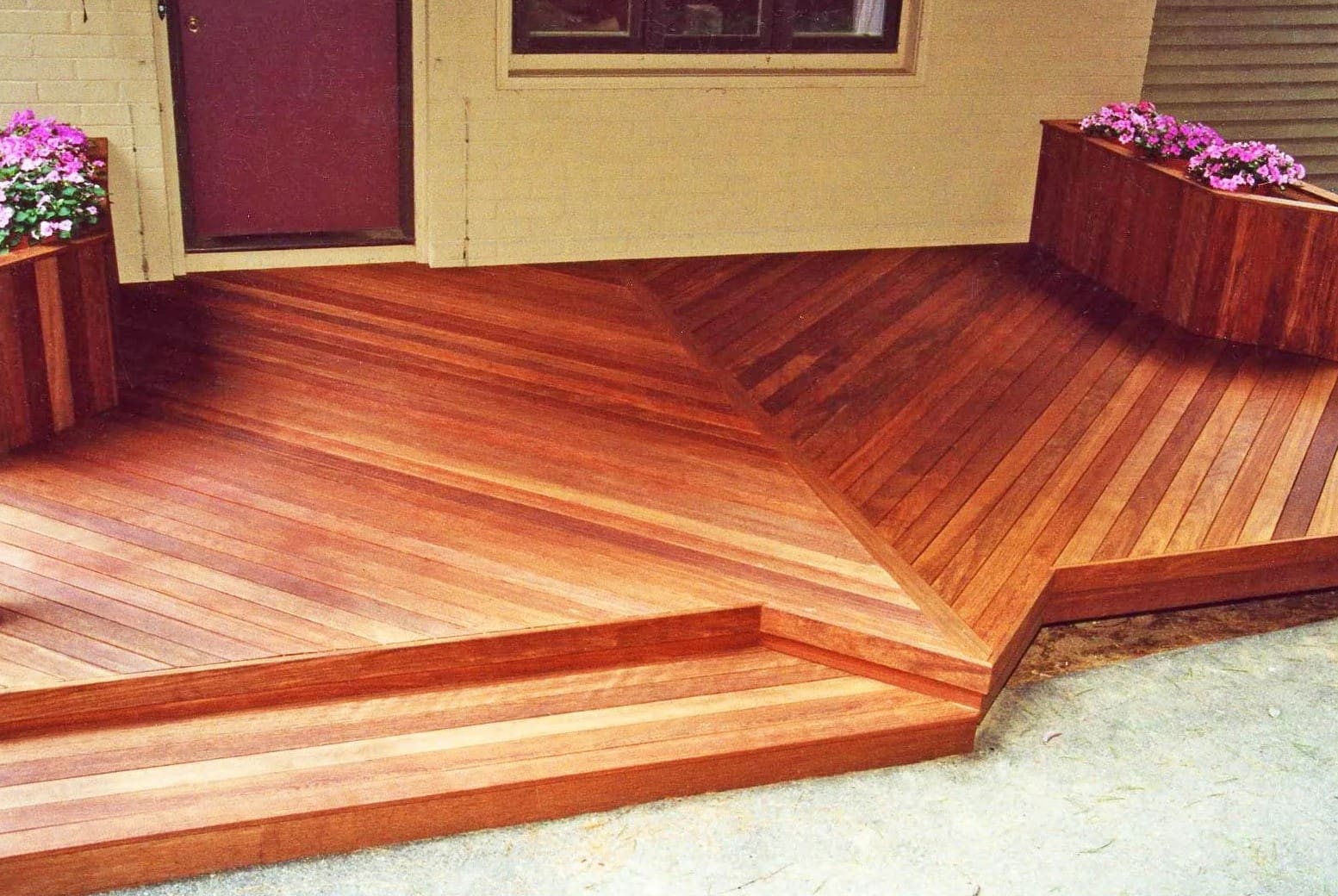
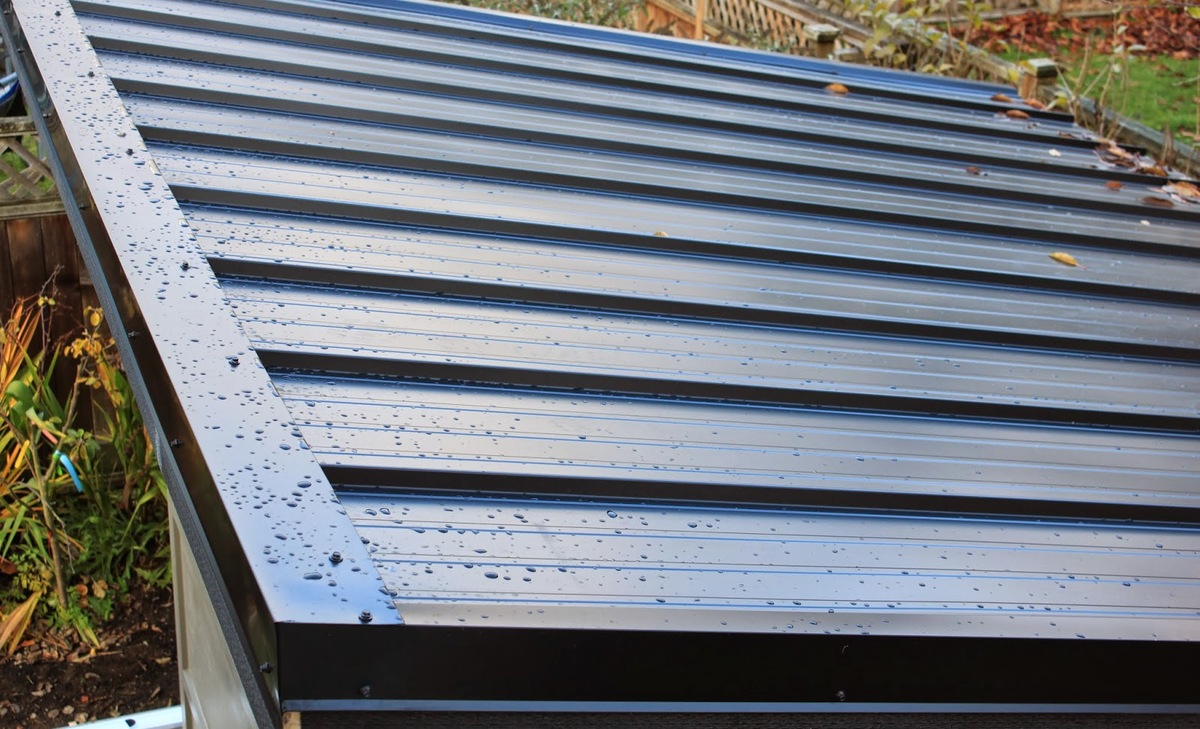
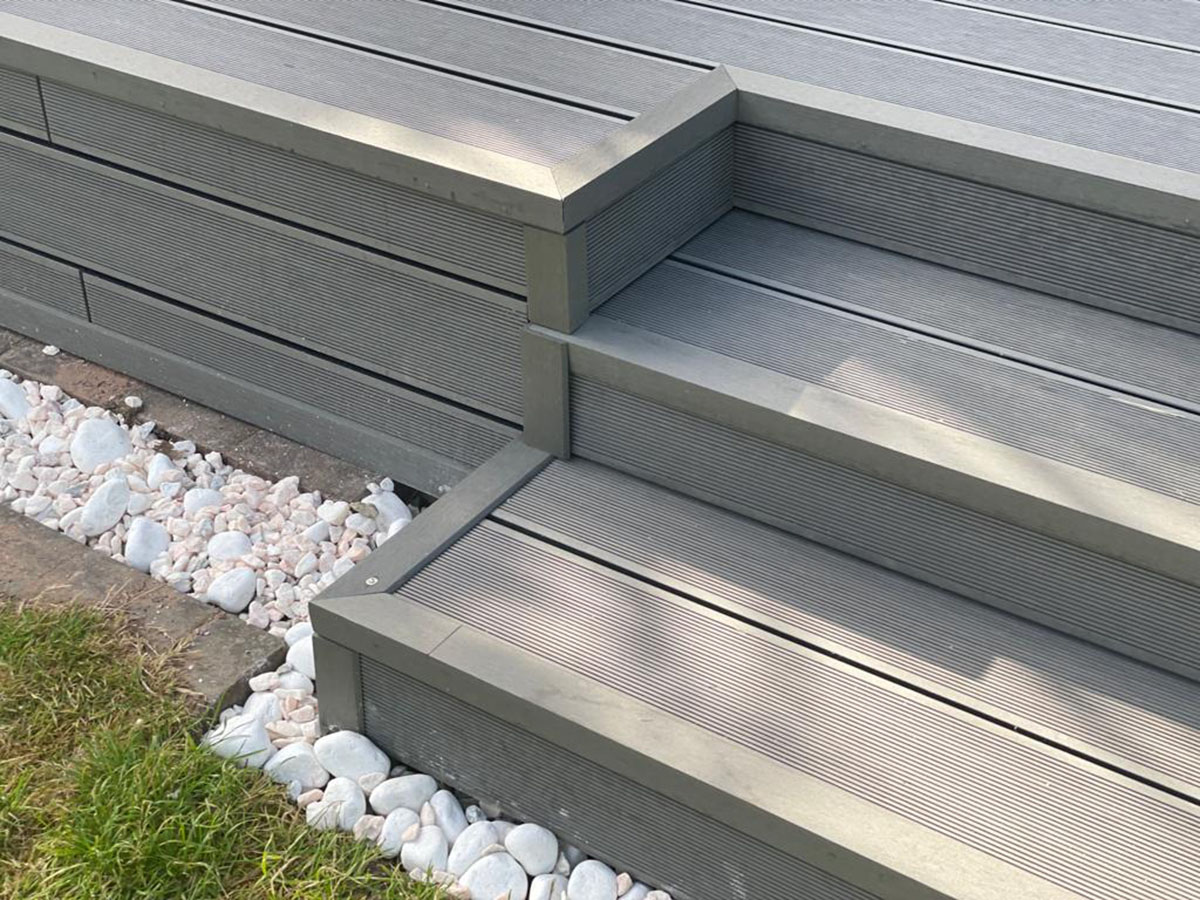
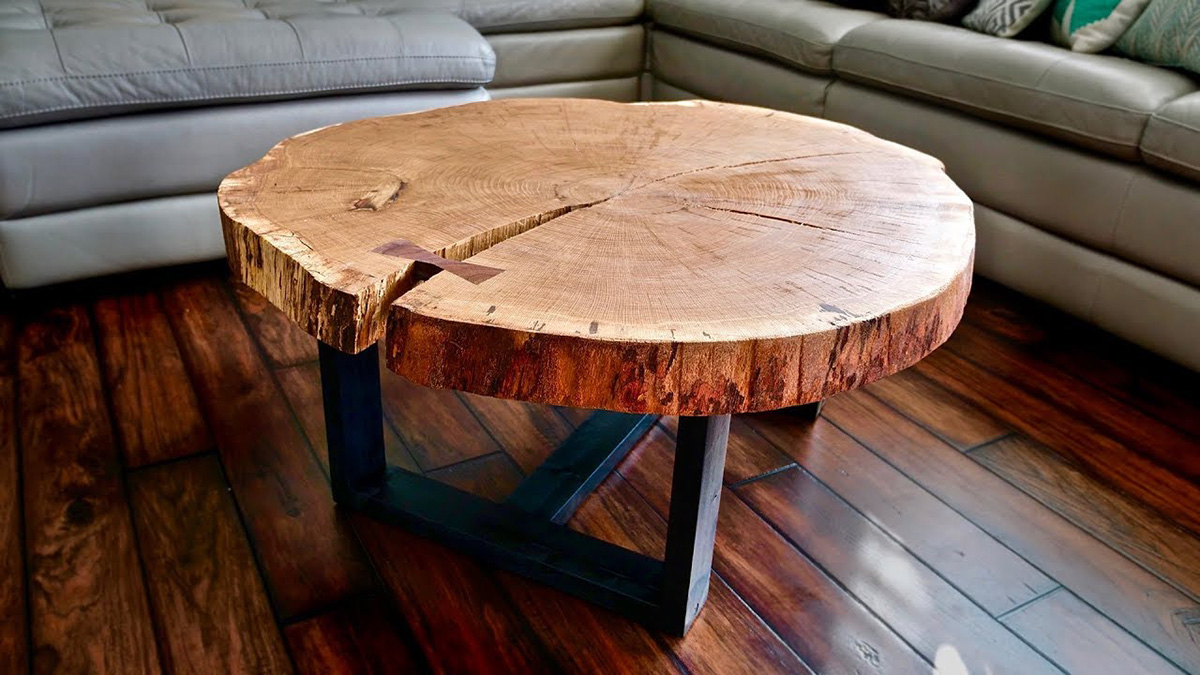
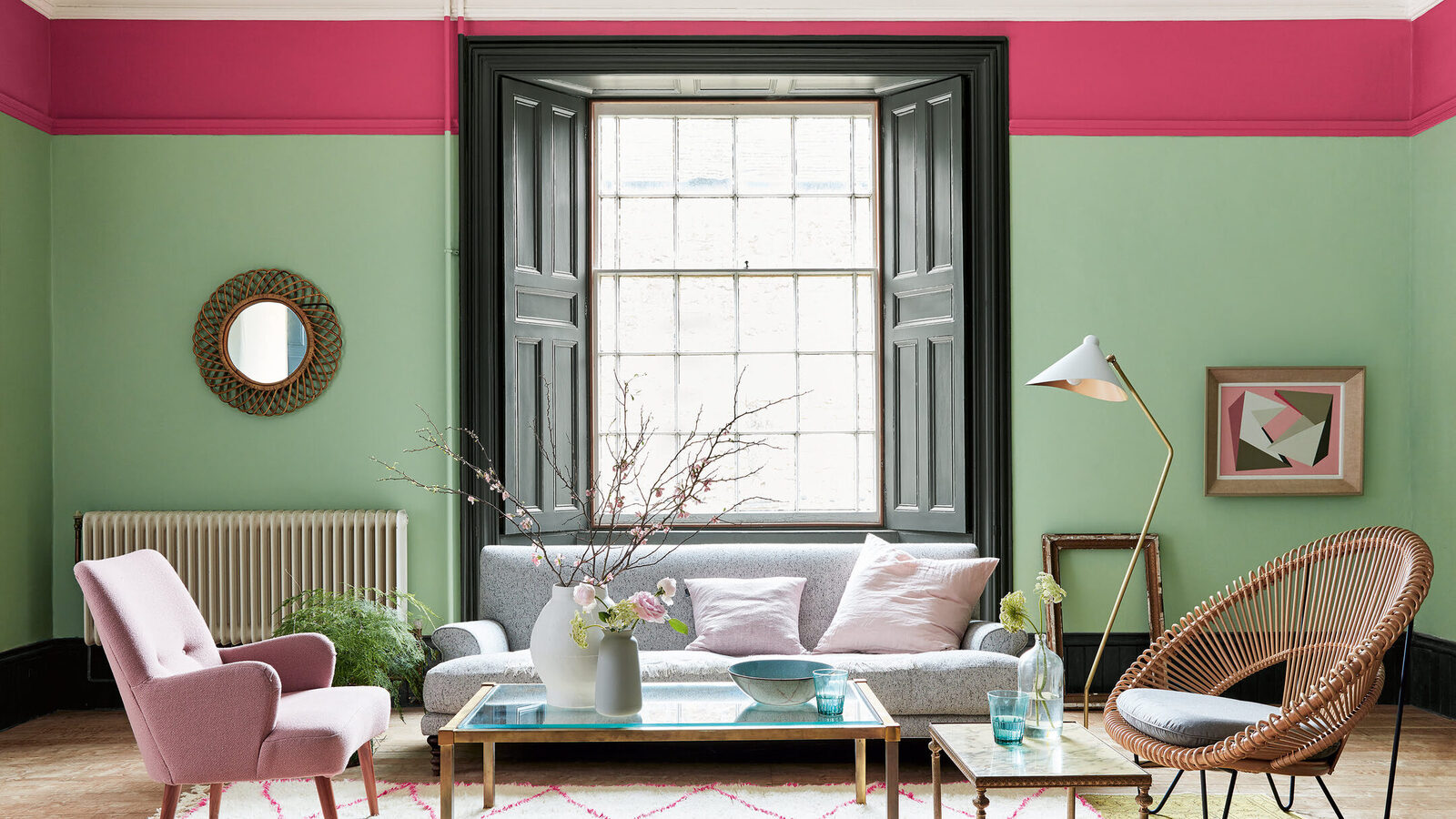
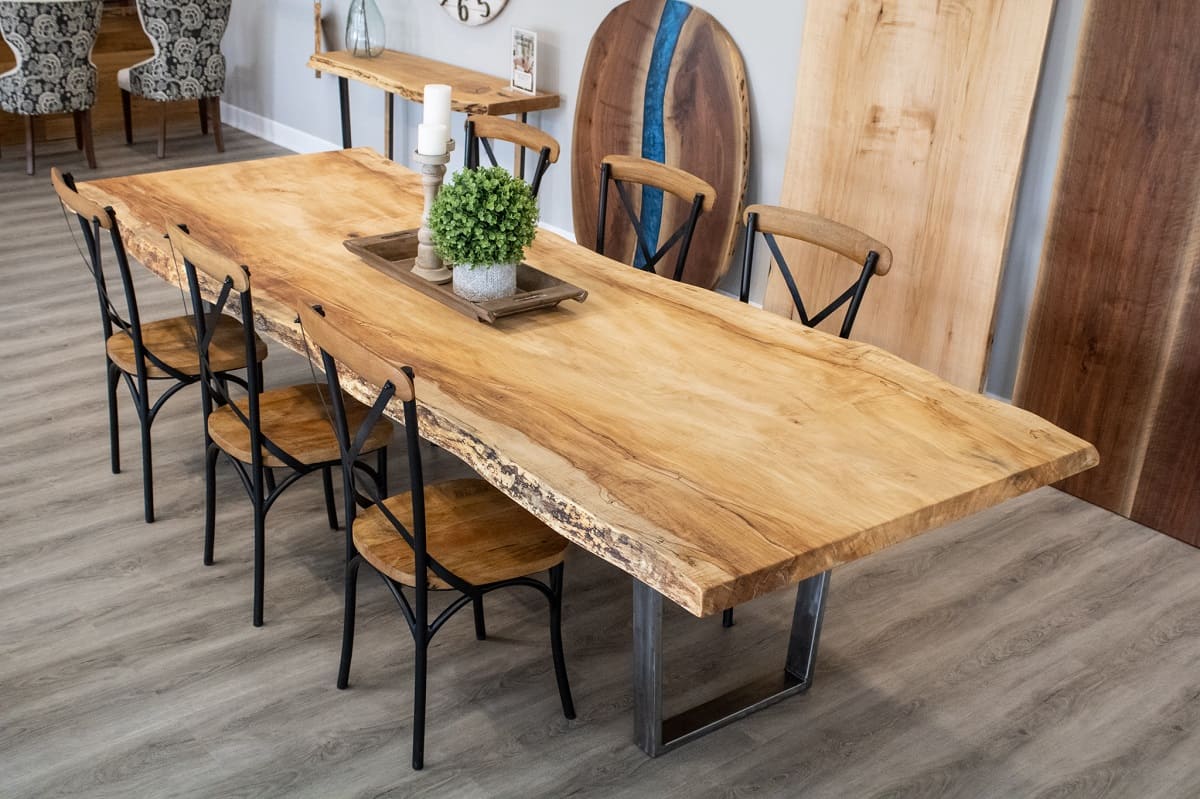
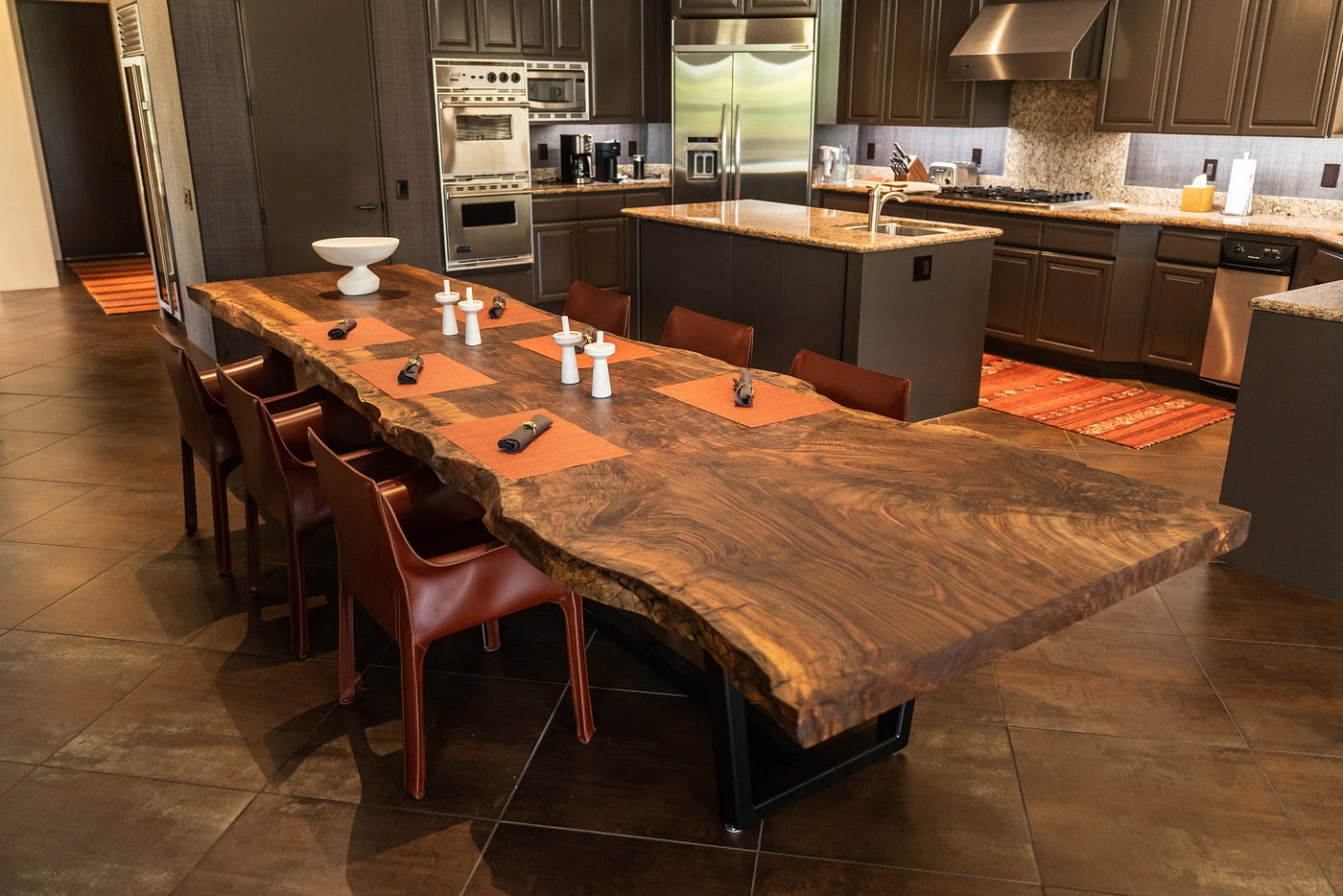
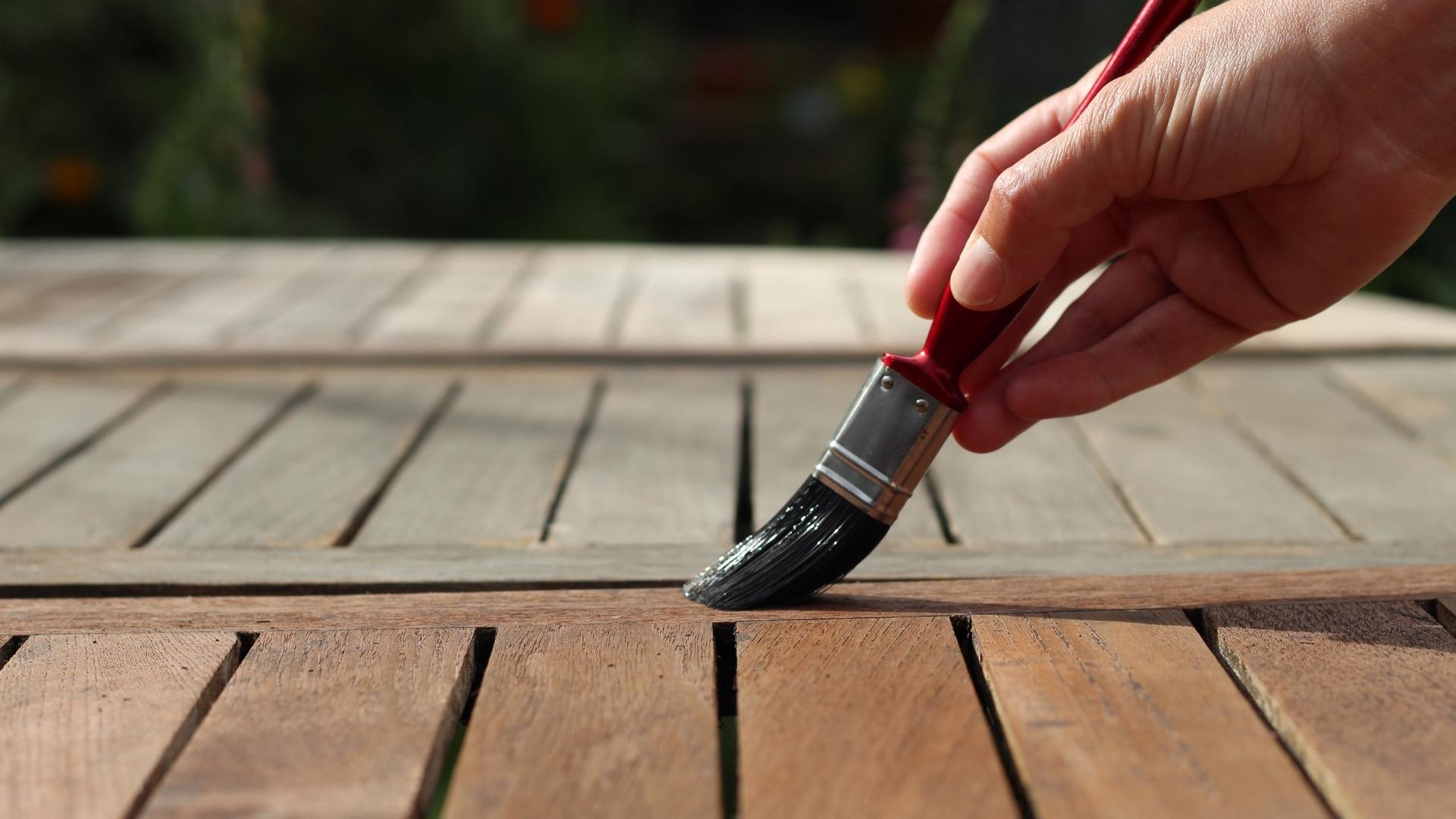
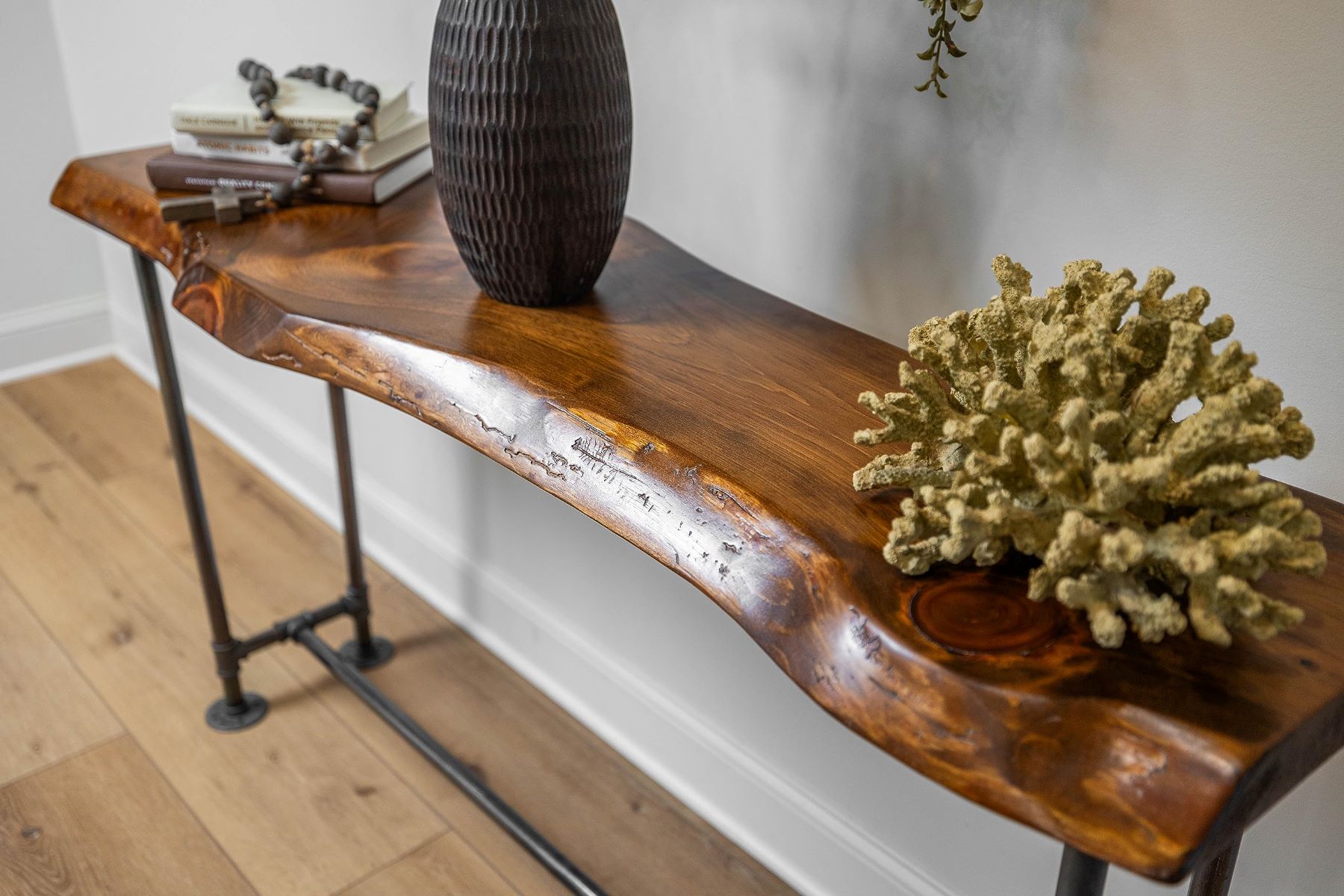

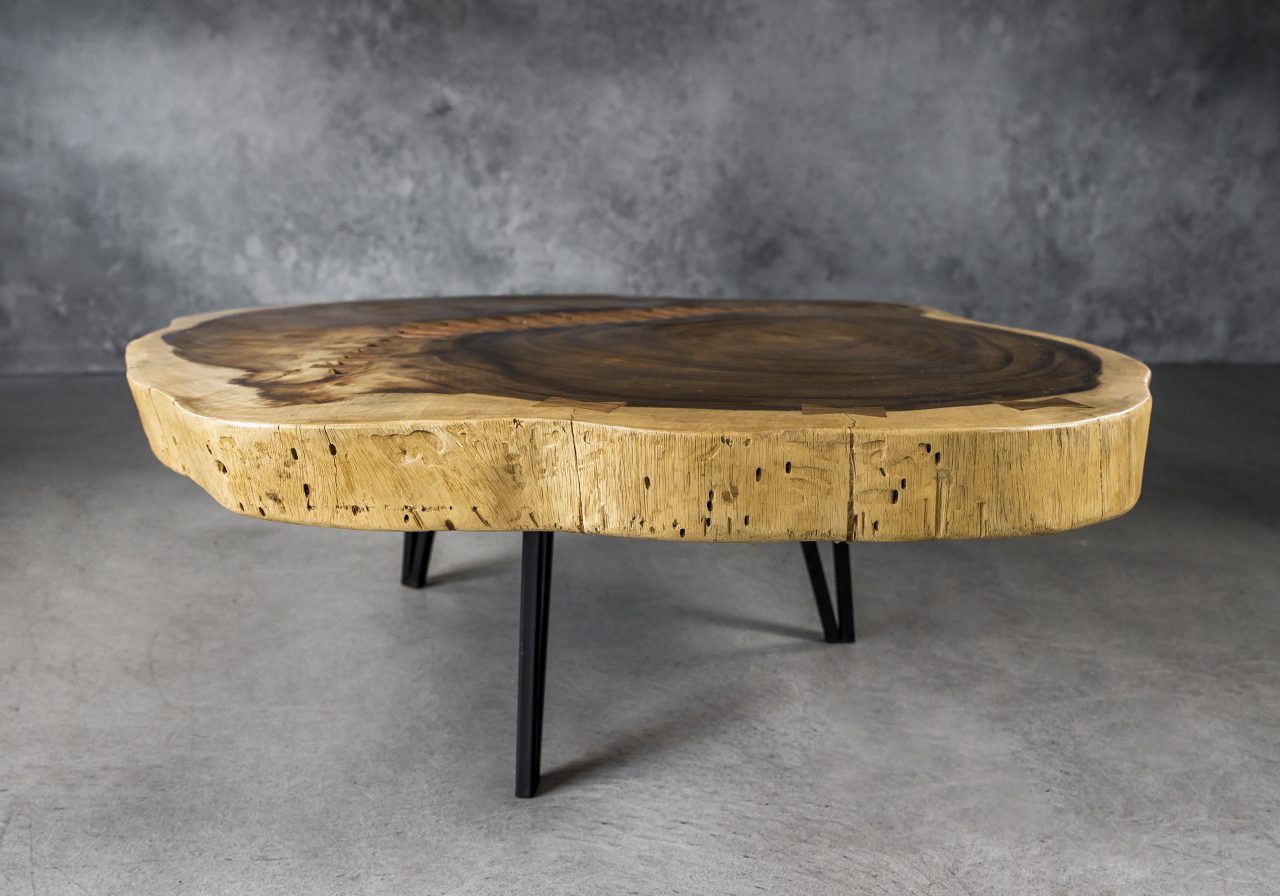
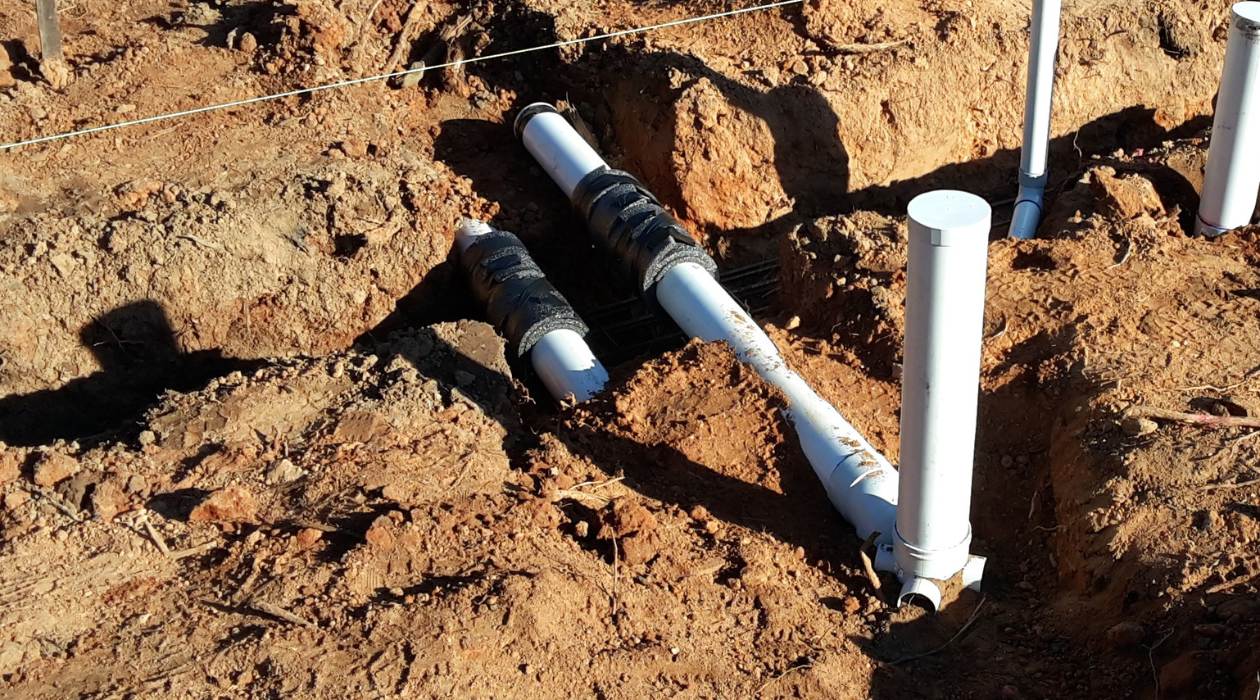

0 thoughts on “How To Finish A Live Edge Slab For Outdoor Use”